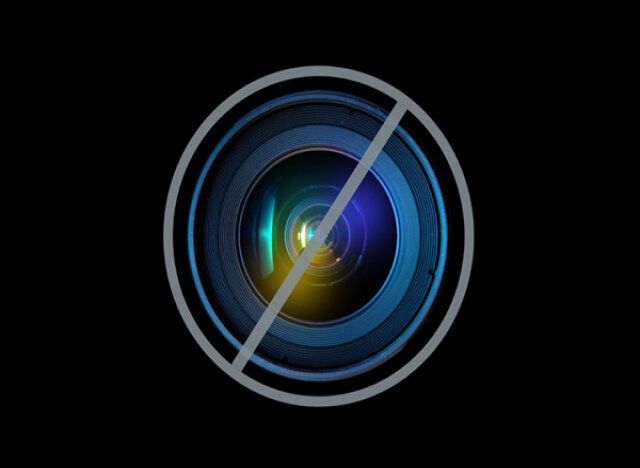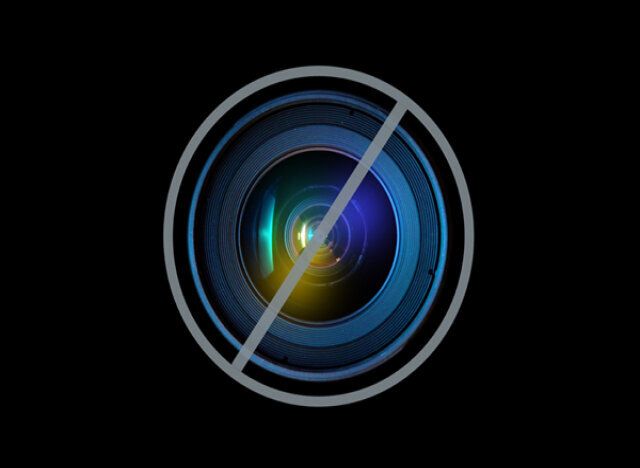With Britain facing the prospect of a hosepipe ban from early April and a potential drought this summer, Brits are looking back at 1976, the year of the last great drought to hit the UK.
The summer of 1976, which has been seared into the UK consciousness as the "drought of the century", witnessed soaring temperatures and almost no rainfall as the entire country sweltered under the heat.
For more than a month, the thermometer topped 80°F (26.7°C), and for half of those days temperatures reached 90°F (32.2°C). Rivers slowed to a trickle, while some in Yorkshire stopped flowing completely.
The drought was caused by a dry summer in 1975, followed by 16 months of low rainfall. The sixteen months from September (75) to October (76) were the driest on record - data that stretched back to the reign of George II.
By September of ’76, the nation’s water supply ran so low that households in Wales, the Midlands, Yorkshire and East Anglia were left without tap water, with residents reduced to queuing at standpipes in the streets.

Boats stranded on the River Thames at Strand-on-the-Green near Kew
Without water, companies were forced to cut the working week, while vans patrolled the streets to make sure the hosepipe ban was strictly enforced.
People were told to pour washing up water down the toilet to save on flush water, while the government pleaded that bathing was happen in no more than five inches of water.
The situation was so bad that the government appointed a Cabinet Drought Committee, which advised that household consumption was to be reduced by half.
The drought eventually broke with rain in October.
Could it happen again? Britain has just experienced a drier winter than that which preceded the drought of 1976.
Share your memories of the 1976 drought in the comments below.

A public information notice warning about the drought, erected by the road in the Bridport area of Dorset